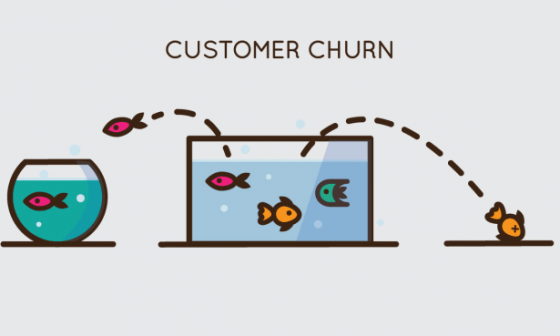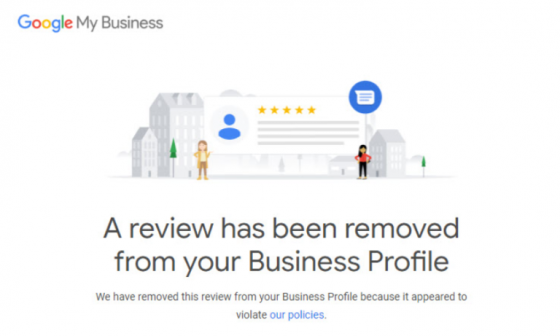The best thing about organic searches is that, well, they’re organic. You don’t need to spend money running ads, get in touch with people asking for referrals, or schedule 30 social media posts to see some traffic come in. Optimizing content correctly for search engines can be a reliable source of traffic for your website in the long run.
However, getting more traffic for your website is never the end goal. Seeing the organic sessions curve go up on Google Analytics is great, but the real metric you need to keep an eye on (assuming you run a product/service company and not a publication/content website) is your revenue.
So, how do you make sure that you’re generating traffic that will convert into leads? That is the question this post will be answering. Here’s how you can get more relevant organic traffic from SEO and convert them into paying customers.
#1 Build keyword optimized content
The best way to improve the amount of organic traffic you get for your website is by building keyword-optimized content. If you’re new to the subject, keyword optimization is the process of working on your content’s SEO to maximize its chances of ranking well on search engines. Here’s a post explaining how you can do keyword research for your blog posts with a detailed checklist that explains how you can optimize your content for SEO. And here’s a sneak peek of the checklist!
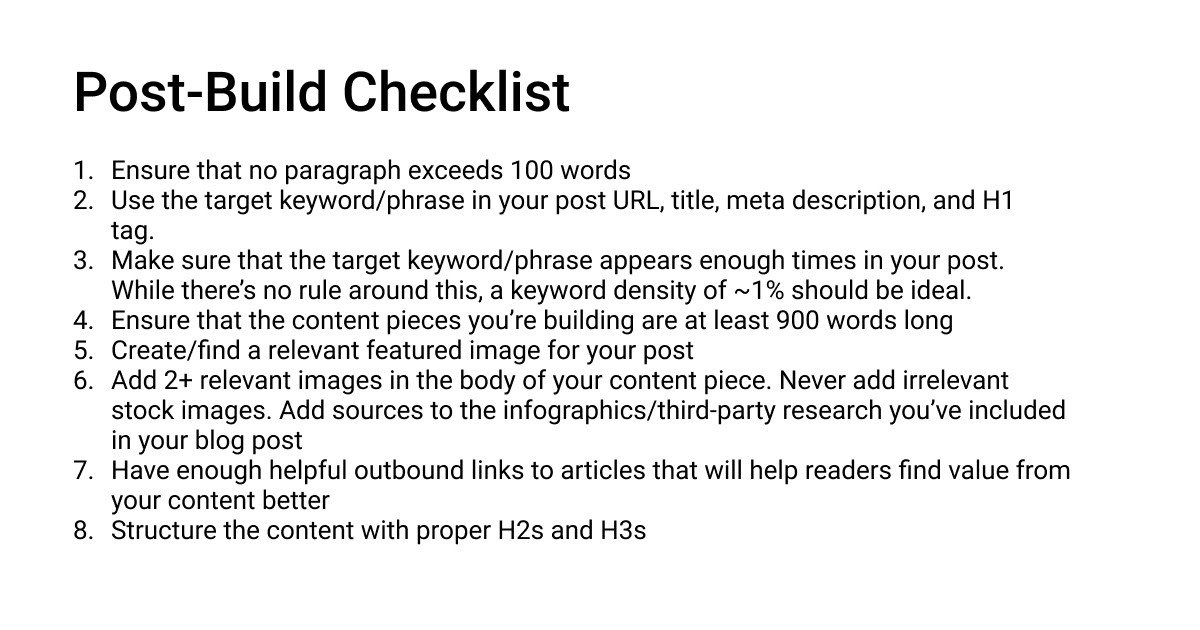 #2 Use referrals wisely
#2 Use referrals wisely
And when we say referral, we don’t mean the reward that you get when you refer a friend to download an app or for work at your company! Links that you get from other websites are called referral links or backlinks, and getting more backlinks tells Google that your website is authoritative.
Now, backlinks were a really big ranking factor once upon a time and it isn’t quite the same anymore, but SEO experts still believe that it is one of the biggest ranking signals that search engines track. If you want a post to rank well, then work on getting more backlinks using email outreach.
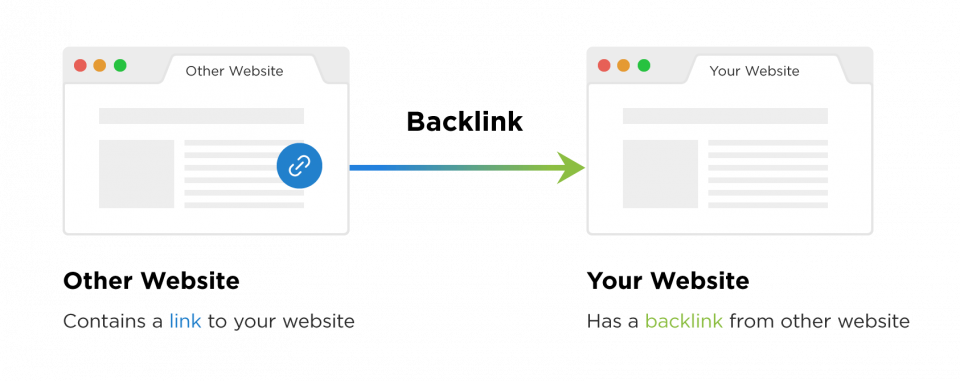
(Source)
#3 Double down on what works
If you see that there is a clear winner amongst the posts you’ve already written that attracts a high number of organic visitors and conversions, then dissect that blog post and see what you did right. Come up with a list of things around the kind of post it was, the way the title tag, H1, URL, images, etc. were optimized, the topic you wrote about, the way it was structured, whatever you can analyze. See if you can learn something from it and implement the same thing on another blog post.
Once you do that, publish it, wait for a while, and analyze results. If that post is bringing in traffic too, then you’re evidently doing something right! Doubling down on successes and building a scalable process around them is important if you want to keep the organic traffic coming.
#4 Intent is everything!
If you’re getting a lot of traffic but almost no conversions from your searches, then it probably means that the content that you wrote is attracting a low-intent (or worse, irrelevant) audience to your website. Let me give you an example of what I mean.
Let’s say you own a store that exclusively sells fashion accessories. You usually write about imitation jewelry, and that brings in an audience that also browses your products and makes purchases. One day, you decide to write about footwear also, because hey, why not write about something else in fashion, right? So you go ahead and do that, and before you know it, the post gets almost 5,000 visits! Great news, right?
Well, maybe. If you’d spun it cleverly along the lines of “Footwear from Balenciaga’s SS2020 Collection and Jewellery To Match With It!”, then that’s you cleverly piggybacking on a trend to promote your product. Instead, if you write “The Best Footwear Releases of April 2020” and add a bunch of outbound links to other websites and listings, then chances are that your website won’t get any conversions from that post at all, despite bringing in a good amount of traffic.
The buying intent of the audience you attract using your content plays a big role in you getting more organic customers, and it’s up to you to write content that will attract the right kind of buyers to your website. I remember when we did something similar with a post titled “How to Get Your Twitter Profile Verified”. Thousands of visitors, no conversions.
Don’t make the same mistake!
#5 Your conversion rate matters
If you’re attracting a lot of relevant visitors to your website but you’re still not getting many conversions, then it’s possible that your blog pages are not optimized for conversion. Conversion Rate Optimization (CRO) is an entire subject by itself, but in a nutshell, it’s the act of making changes to your web page’s layout, design, content, copy, navigation elements, and call-to-actions (CTAs) to increase the number of conversions you get.
While we could go on about this, here’s a list of the best blogs on conversion rate optimization and a post on how HubSpot optimized its blog. Apart from that, here are some stats on conversion rates for your perusal.
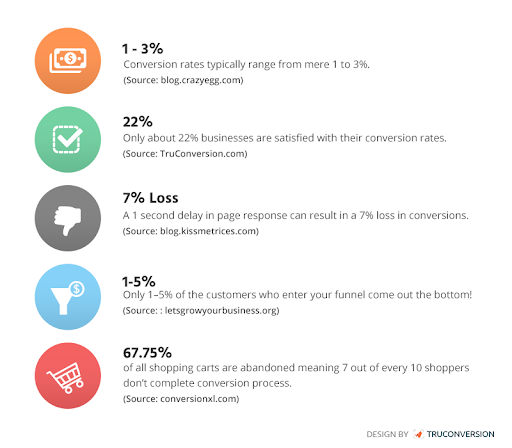
(Source)
This is only the beginning!
While these things will surely set you on the path to getting more organic traffic and customers from searches, there is so much more that you could do to improve your SEO and conversion rate. Keep reading more about the subject and work with your developers and marketing team if you want to see the analytics numbers going up, up, and up, every week. And most importantly, enjoy working on it!
#6 Use your digital profiles to boost your visibility
Most companies spend so much time setting up and managing digital profiles like Google My Business, Yelp, Facebook, FourSquare, etc. and they don’t use them effectively to drive traffic into their businesses.
Here are a couple of tips:
- Make sure your profiles are accurate! Accuracy goes a long way in Google and will help you get shown before your competitors.
- Optimize your profiles to show what you offer. Menu items, WiFi, types of clothing, electronics, contactless delivery (one of the highest trending business search queries post-COVID) are all things that should be added into your profiles so they pull for customers who are searching for them.
- Activity and reviews go a long way. Reviews and rankings help your profiles similarly to web pages having strong authority in Google. The more people are visiting and saying positive things about you, the more that Google will reward you for that.
Want to know how you’re doing?
Run a Free Scan of Your Business Here to see what your accuracy scale is.

